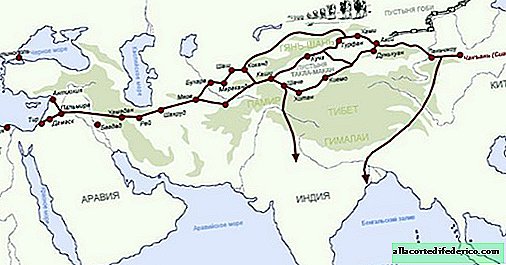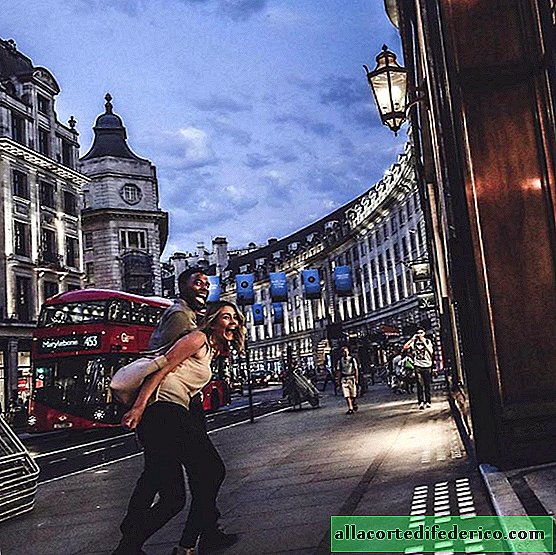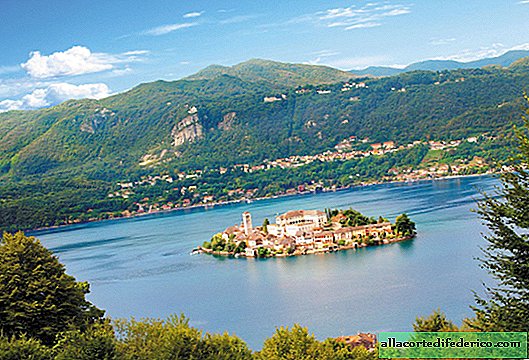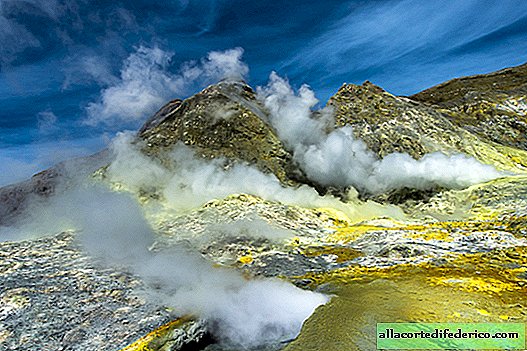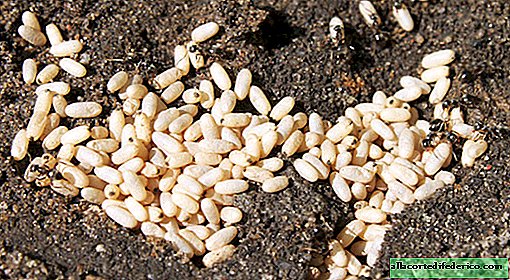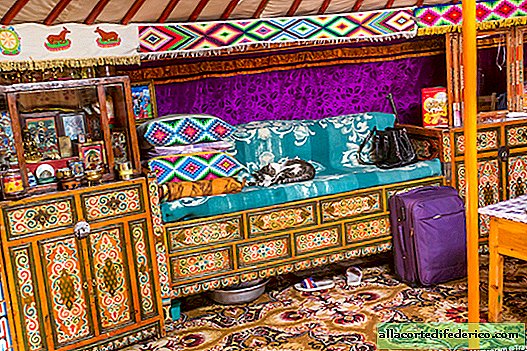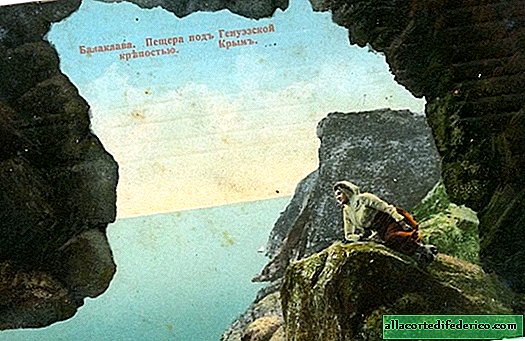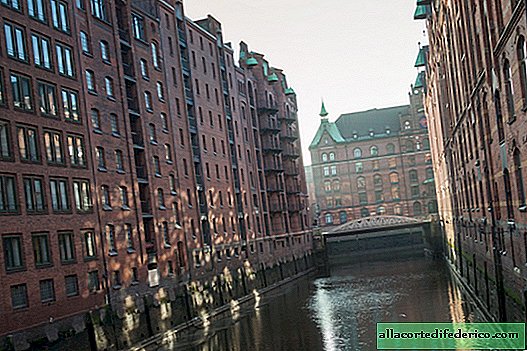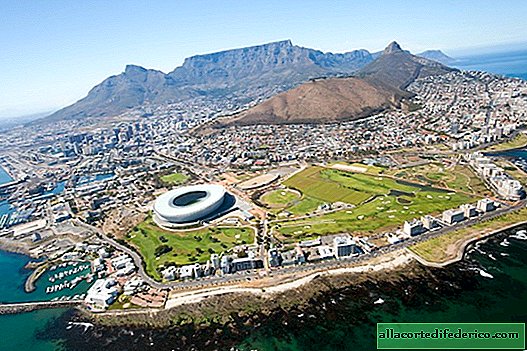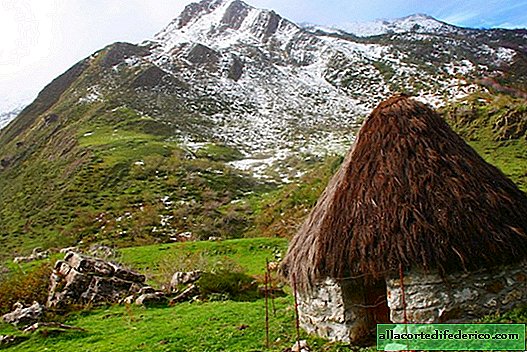Agra Red Fort: what tourists visiting the city lose for the sake of the Taj Mahal
If you plan to see the Taj Mahal, which is on almost all postcards and booklets in India, be sure to stay in Agra for at least a few days: there is something to see. Well, if time is sorely lacking, then visit at least the Red Fort, which was awarded, like the Taj Mahal, the status of a UNESCO World Heritage Site.

The Red Fort (Agra Fort) owes its appearance to Padishah Akbar the Great. The bright head of this ruler came up with the idea of transferring the capital of his state from Delhi to Agra, which was done in the second half of the 16th century. The status of the capital implied not only the presence of palaces and mosques, but also a fortress that performed defensive functions. The powerful walls of the Red Fort took on this role.

But, as it often happened in antiquity, the fort was not just a defensive structure, but served as the residence of the ruler. Behind the high 20-meter-high walls are the padishah’s chambers, palaces, mosques and other objects necessary for a comfortable location of the ruler’s family and numerous retinue. Most of these buildings are well preserved, which many tourists are very happy about.

The fort got its name because of red sandstone - the main building material that was specially brought to build the entire complex from neighboring Rajasthan. Although the successors of Akbar the Great have repeatedly rebuilt and completed the fort, using white marble and other materials, the main color that forms an indelible impression of visiting the complex remains red. The entrance to the fort are two gates located in the western and southwestern walls of the fortification. Along the eastern wall of the Red Fort, the Jamna River (also the Yamuna) flows, the same one on the banks of which the Taj Mahal is located.

Despite the magnificent palaces, the fortified fort and the many funds invested in the prosperity of the capital, Agra did not so long remain the center of the empire. The grandson of the founder of the Red Fort, the Padishah Shah Jahan, decided that he wanted to rule his state from Delhi, so the palace, suite and civil servants left Agra. But ironically, Shah Jahan himself had to return to the Red Fort, not only as a ruler, but as a political prisoner. Yes, internal strife and palace coups changed the history of the Mughal empire, as well as any other state on the planet. Padishah was overthrown by the son of Aurangzeb and sent into exile from Delhi to Agra. The world famous Taj Mahal was built just by order of Shah Jahan, and his beloved wife, for whom, in fact, the tomb was built, was the mother of the treacherous Aurangzeb. But if Shah Jahan was distinguished by reverent feelings for relatives, then his son on the way to power was not afraid to kill several siblings and even to overthrow his father, who found his last refuge in Fort Agra.

The further history of the fort is replete with large-scale military battles and the frequent change of owners. The fort was captured by jats and maharajas, until at the beginning of the 19th century the British, who took possession of the entire Hindustan peninsula, settled in it.

There are always many visitors to the Red Fort, including domestic tourists from various parts of India. These massive fortress walls and elegant palace buildings for their more than 400 years of history have seen many prominent rulers of the past. But the Mughal Empire has long disappeared, and the Red Fort continues to stand on the banks of the great Indian river Jamna, admiring the descendants.


